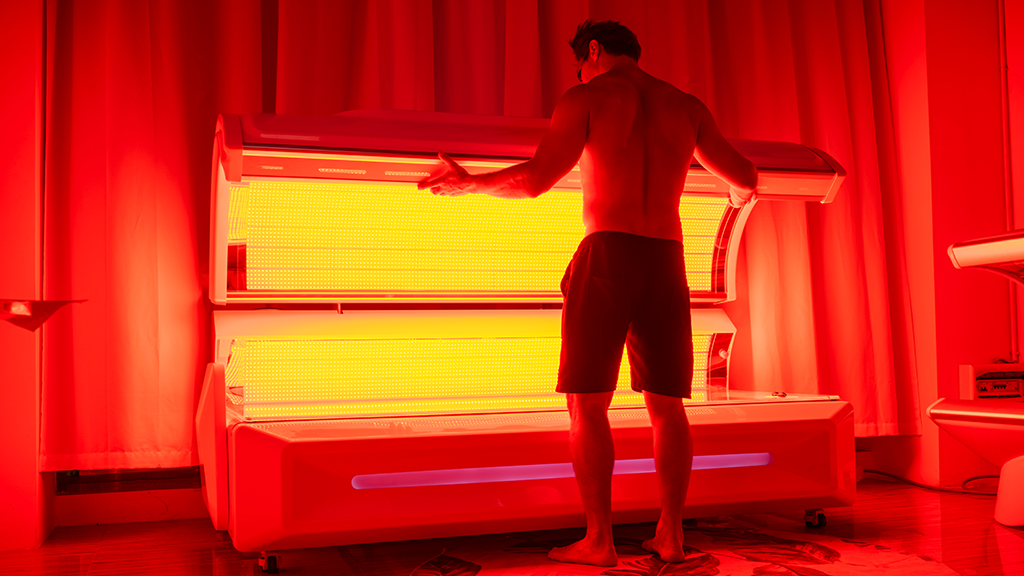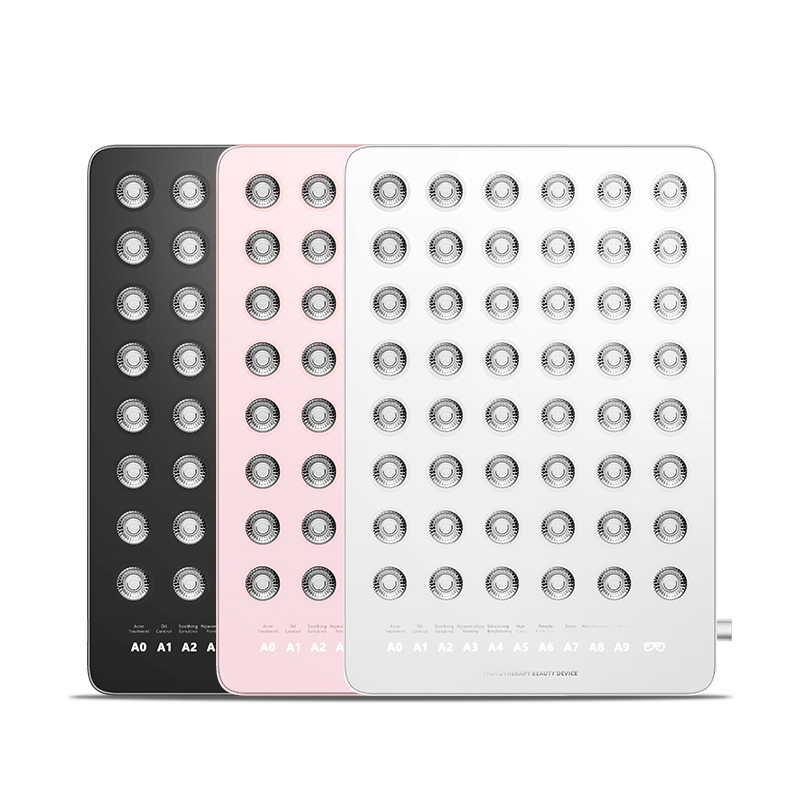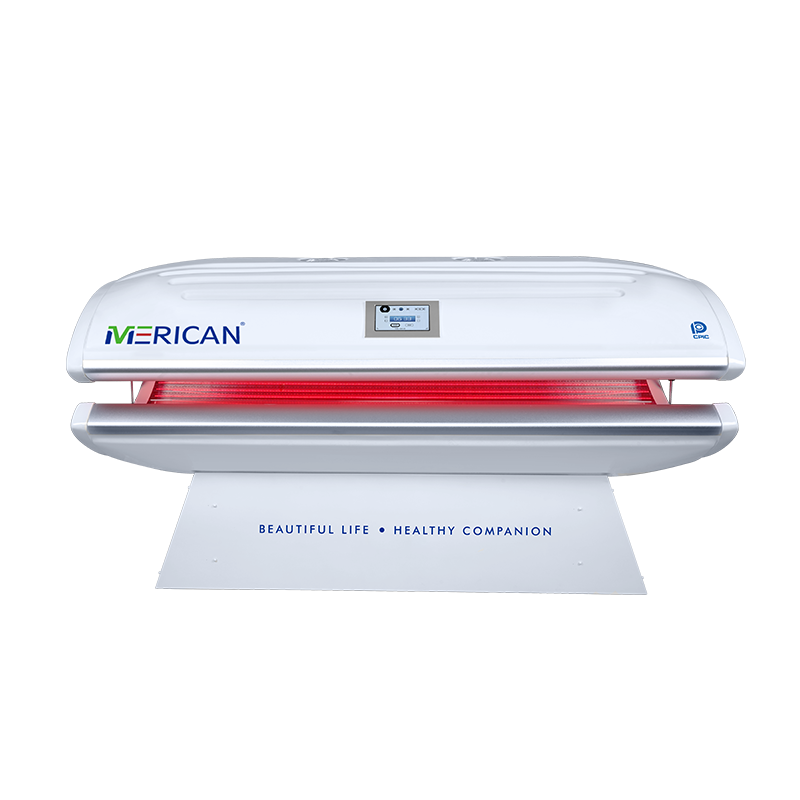TERAPIA DE LUZ
Pode ser usado a qualquer momento, incluindo período noturno.
Pode ser usado dentro de casa, em privacidade.
Custo inicial e custos de eletricidade
Espectro saudável de luz
A intensidade pode ser variada
Sem luz UV prejudicial
Sem vitamina D
Melhora potencialmente a produção de energia
Reduz significativamente a dor
Não leva ao bronzeado
LUZ SOLAR NATURAL
Nem sempre disponível (clima, noite, etc.)
Disponível apenas fora
Natural, sem custo
Espectro de luz saudável e insalubre
A intensidade não pode ser variada
A luz UV pode causar danos à pele, etc.
Ajuda na produção de vitamina D
Reduz moderadamente a dor
Leva a um bronzeado
A terapia da luz vermelha é uma ferramenta poderosa e versátil, mas é melhor do que simplesmente sair para o sol?
Se você mora em um tempo nublado, ambiente norte sem acesso consistente ao sol, então a terapia da luz vermelha é óbvia – a terapia da luz vermelha pode compensar a baixa quantidade de luz natural disponível. Para aqueles que vivem em ambientes tropicais ou outros ambientes com acesso quase diário à luz solar forte, a resposta é mais complicada.
Principais diferenças entre a luz solar e a luz vermelha
A luz solar contém um amplo espectro de luz, desde a luz ultravioleta até o infravermelho próximo.
Contidos no espectro da luz solar estão os comprimentos de onda saudáveis do vermelho e do infravermelho. (que melhoram a produção de energia) e também luz UVb (que estimula a produção de vitamina D). No entanto, existem comprimentos de onda na luz solar que são prejudiciais em excesso, como azul e violeta (que reduzem a produção de energia e danificam os olhos) e UVa (que causa queimaduras solares/bronzeamento solar e fotoenvelhecimento/câncer). Este amplo espectro pode ser necessário para o crescimento das plantas, fotossíntese e vários efeitos sobre pigmentos em diferentes espécies, mas nem tudo é benéfico para humanos e mamíferos em geral. Esta é a razão pela qual protetores solares e protetores solares com FPS são necessários sob luz solar forte.
A luz vermelha é mais estreita, espectro isolado, variando aproximadamente de 600-700nm – uma pequena proporção da luz solar. O infravermelho biologicamente ativo varia de 700-1000nm. Portanto, os comprimentos de onda da luz que estimulam a produção de energia estão entre 600 e 1000nm. Esses comprimentos de onda específicos de vermelho e infravermelho têm efeitos exclusivamente benéficos, sem efeitos colaterais conhecidos ou componentes prejudiciais – tornando a terapia da luz vermelha um tipo de terapia sem preocupações em comparação com a exposição à luz solar.. Não são necessários cremes FPS ou roupas de proteção.

Resumo
A situação ideal seria ter acesso à luz solar natural e a alguma forma de terapia de luz vermelha.. Obtenha alguma exposição ao sol, se puder, então use a luz vermelha depois.
A luz vermelha é estudada em relação às queimaduras solares e à aceleração da cura dos danos da radiação UV. O que significa que a luz vermelha tem um efeito protetor sobre os danos potenciais da luz solar. No entanto, a luz vermelha por si só não estimula a produção de vitamina D na pele, para o qual você precisa de luz solar.
Receber exposição moderada da pele à luz solar para produção de vitamina D, combinada com terapia de luz vermelha no mesmo dia para produção de energia celular é talvez a abordagem mais protetora.

























